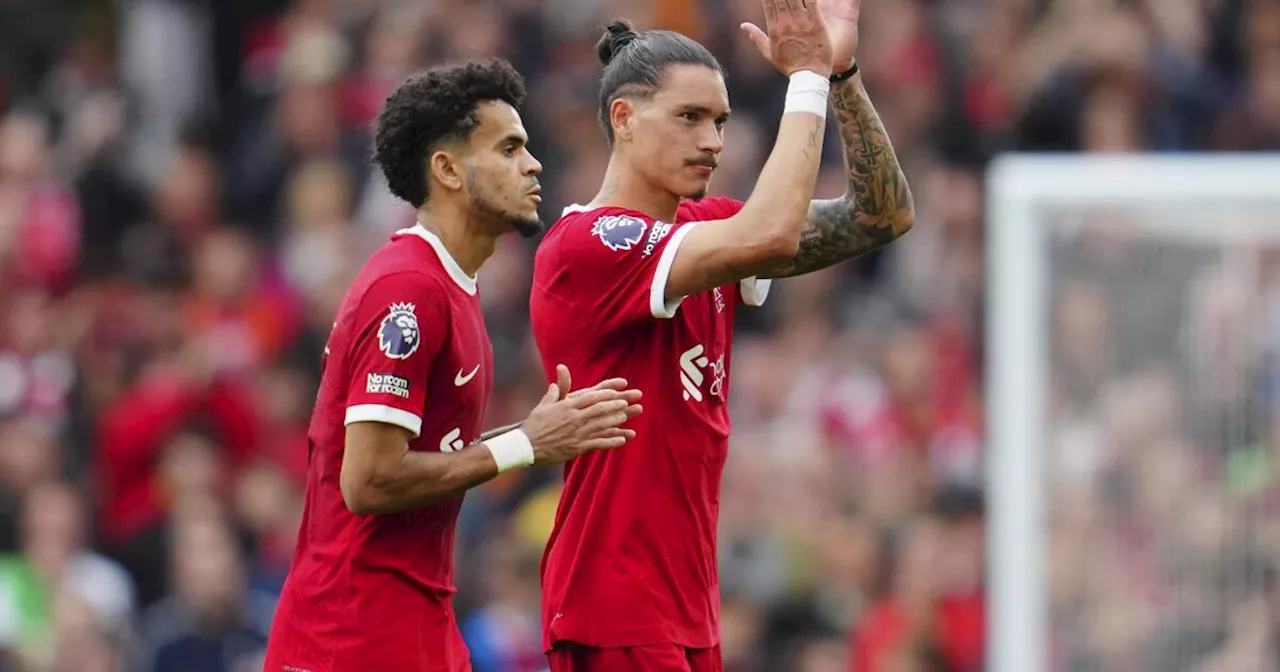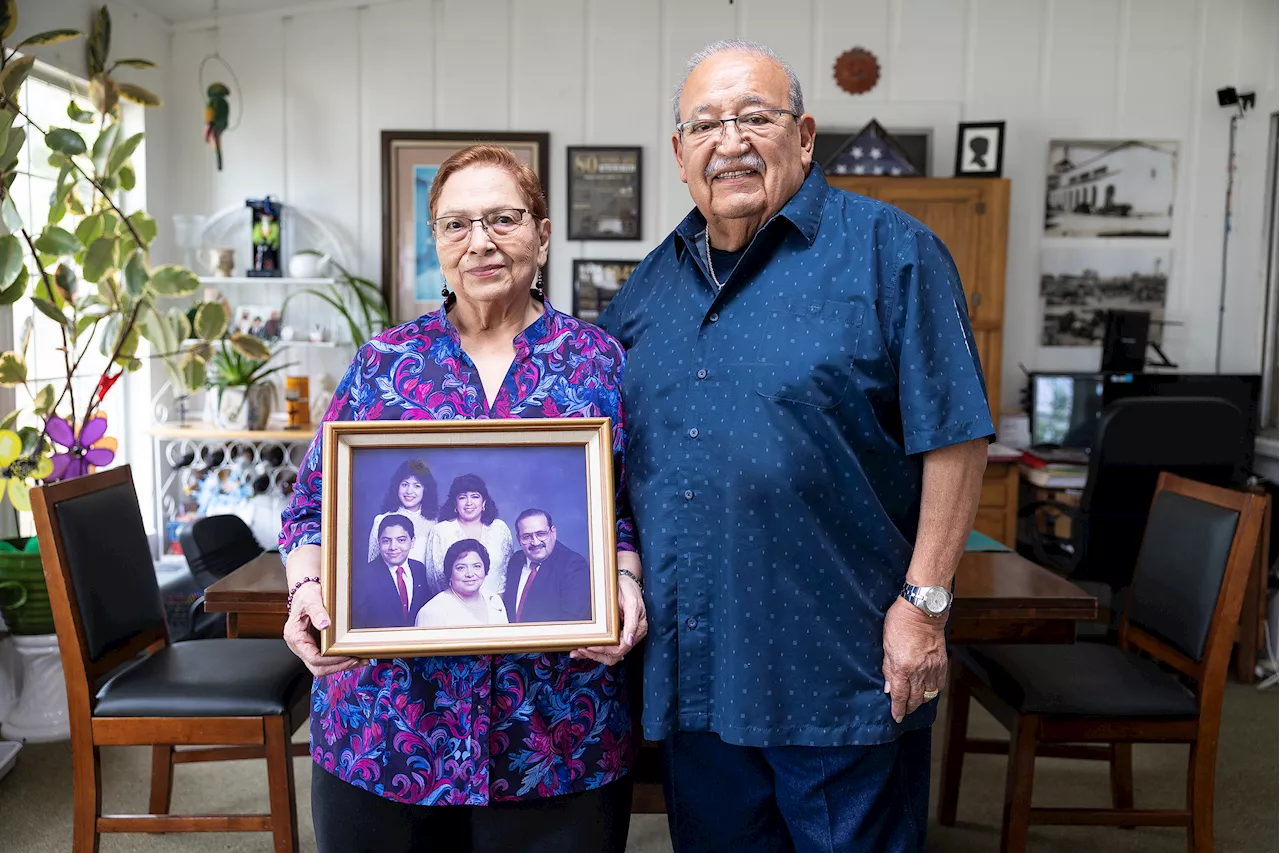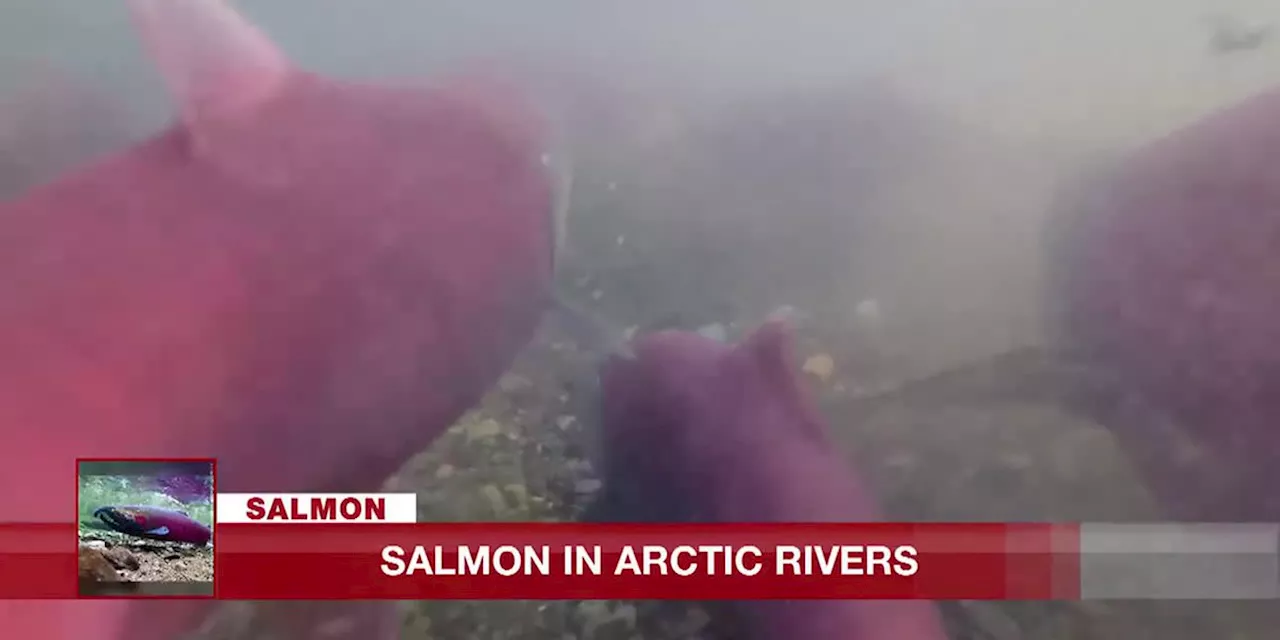When Charles Darwin traveled to the Galapagos Islands almost 200 years ago as a gentleman naturalist, he used the power of observation to develop his theory that species evolve over time.
Today, evolutionary biologists Donald Miles, Robert Ricklefs and Jonathan Losos have the advantage of huge data sets and the power of statistical analysis to study how species within a group develop their own unique characteristics and become new species.On Darwin's 1831 journey aboard the HMS Beagle, he collected samples of 18 different species of passerine birds, or birds that perch. These species varied widely in size and had different kinds of beaks based on their diet.
Miles provides the classic examples of how island passerine birds have been used to illustrate the alternate view that adaptive radiations are simply those clades with the greatest ecological and morphological disparity. "We investigated whether celebrated cases of evolutionary radiations of passerine birds on islands have produced exceptional diversity relative to comparable-aged radiations globally," the researchers wrote in their paper.
They also analyzed the distribution of"phenotype disparity" among bird clades. And lastly, they"focused on two factors thought to promote adaptive radiation -- diversification on islands and in the tropics -- and asked whether clades exhibiting these factors are more diverse," they wrote. As part of their statistical analysis, they looked at the exceptional cases,"whether clades observed to exceed the 95th percentile could be considered extreme values.
"Our results may surprise many in that they exhibit little evidence for a set of clades qualitatively distinct from the distribution of all clades, but further analysis using larger morphological datasets and more refined statistical approaches would be welcome next steps," Miles said.
United States Latest News, United States Headlines
Similar News:You can also read news stories similar to this one that we have collected from other news sources.
 Luis Díaz y Darwin Núñez no olvidarán su amistad durante el Colombia-UruguayApenas cuatro días de haber unido esfuerzos con el Liverpool en el empate 2-2 ante Brighton por la Liga Premier, Luis Díaz y Darwin Núñez volverán a compartir una cancha, pero esta vez vestirán distintos colores.
Luis Díaz y Darwin Núñez no olvidarán su amistad durante el Colombia-UruguayApenas cuatro días de haber unido esfuerzos con el Liverpool en el empate 2-2 ante Brighton por la Liga Premier, Luis Díaz y Darwin Núñez volverán a compartir una cancha, pero esta vez vestirán distintos colores.
Read more »
 Researchers in San Antonio are studying the rise of Alzheimer’s disease in Hispanic populationsBy 2030, 40% of U.S. Alzheimer’s patients will be Hispanic or Black, but Hispanics make up less than 1% of clinical trial participants.
Researchers in San Antonio are studying the rise of Alzheimer’s disease in Hispanic populationsBy 2030, 40% of U.S. Alzheimer’s patients will be Hispanic or Black, but Hispanics make up less than 1% of clinical trial participants.
Read more »
 Researchers capture first-ever afterglow of huge planetary collision in outer spaceA chance social media post by an eagle-eyed amateur astronomer sparked the discovery of an explosive collision between two giant planets, which crashed into each other in a distant space system 1,800 light years away from planet Earth.
Researchers capture first-ever afterglow of huge planetary collision in outer spaceA chance social media post by an eagle-eyed amateur astronomer sparked the discovery of an explosive collision between two giant planets, which crashed into each other in a distant space system 1,800 light years away from planet Earth.
Read more »
 UAF researchers confirm increase of salmon spawning in arctic riversAn increase of salmon spawning in arctic rivers provides leads researchers to question why the increase is happening.
UAF researchers confirm increase of salmon spawning in arctic riversAn increase of salmon spawning in arctic rivers provides leads researchers to question why the increase is happening.
Read more »
 Researchers reconstruct speech from brain activity, illuminates complex neural processesResearchers created and used complex neural networks to recreate speech from brain recordings, and then used that recreation to analyze the processes that drive human speech.
Researchers reconstruct speech from brain activity, illuminates complex neural processesResearchers created and used complex neural networks to recreate speech from brain recordings, and then used that recreation to analyze the processes that drive human speech.
Read more »
 Removal of magnetic spacecraft contamination within extraterrestrial samples easily carried out, researchers sayBy demonstrating that spaceflight doesn’t adversely affect the magnetism of moon rocks, researchers underscore the exciting potential of studying the magnetic histories stored in these samples.
Removal of magnetic spacecraft contamination within extraterrestrial samples easily carried out, researchers sayBy demonstrating that spaceflight doesn’t adversely affect the magnetism of moon rocks, researchers underscore the exciting potential of studying the magnetic histories stored in these samples.
Read more »
